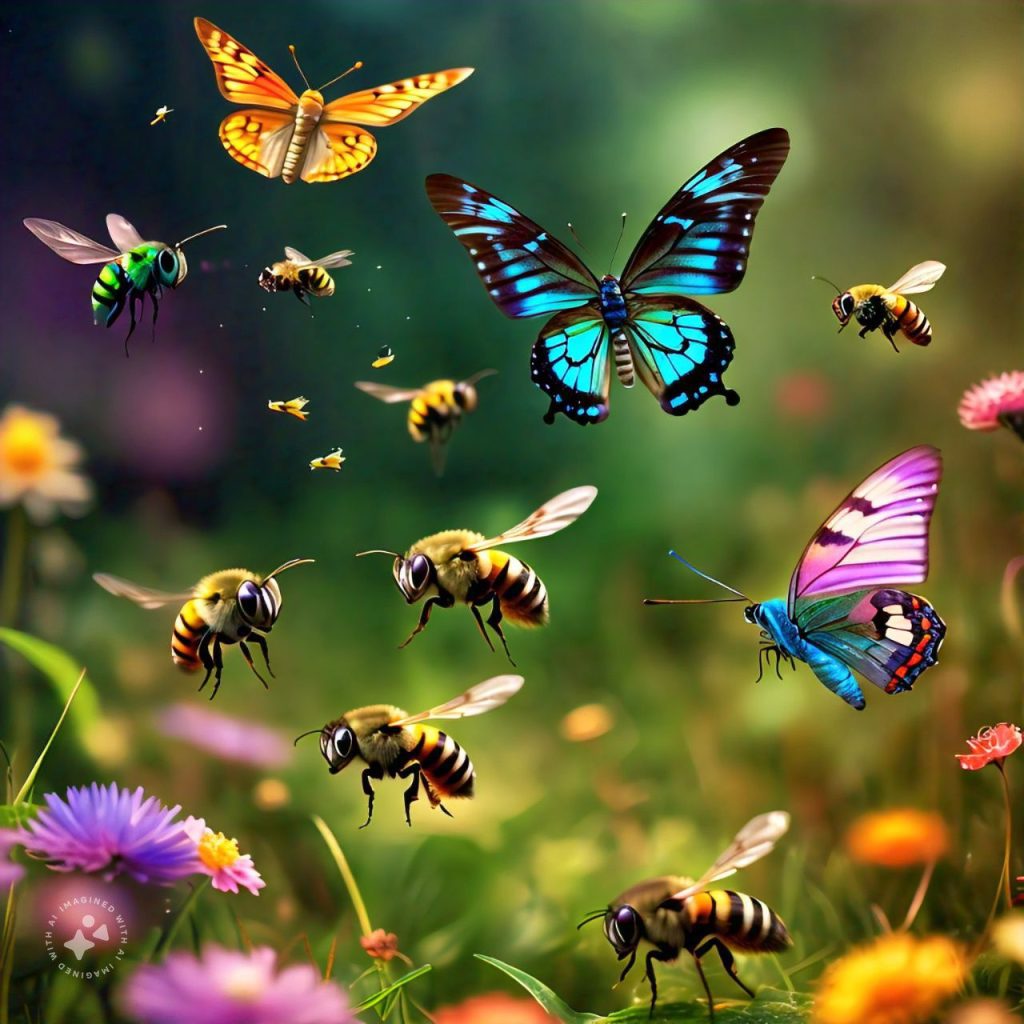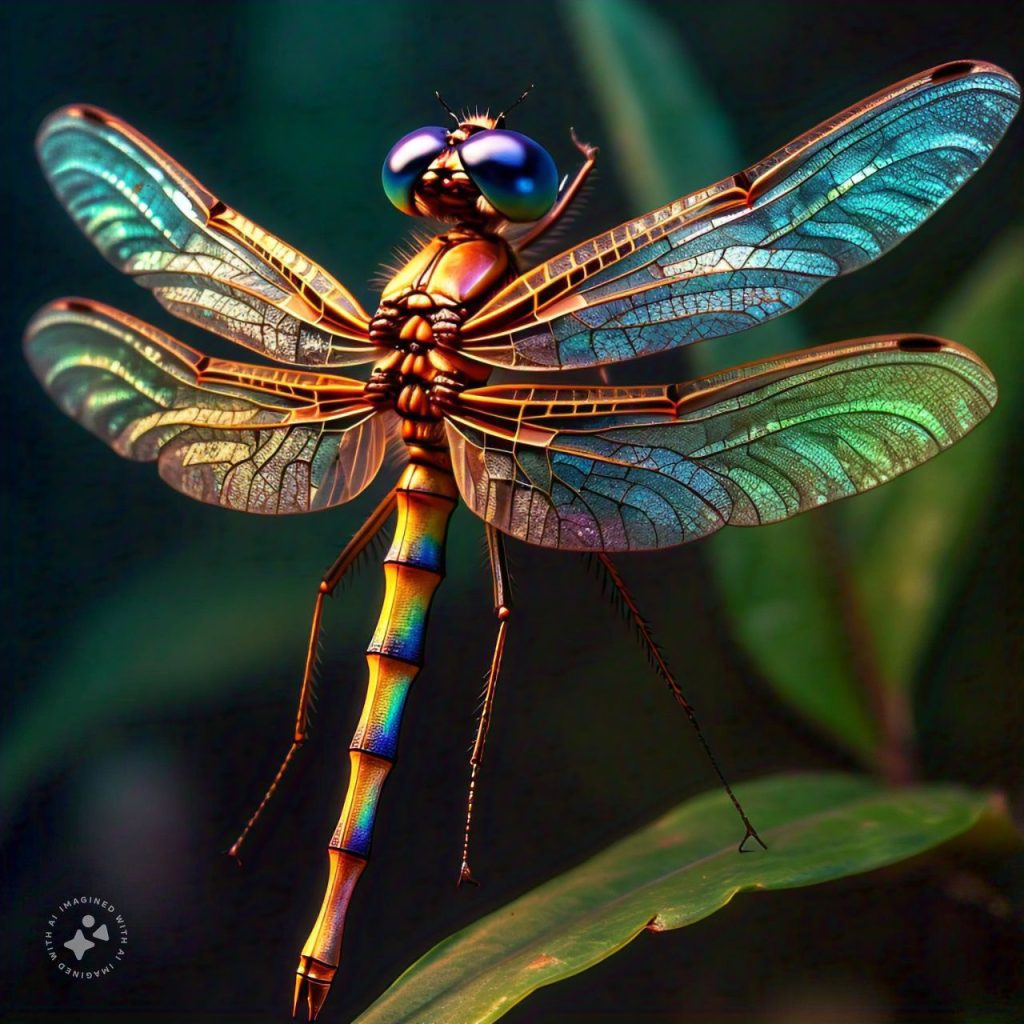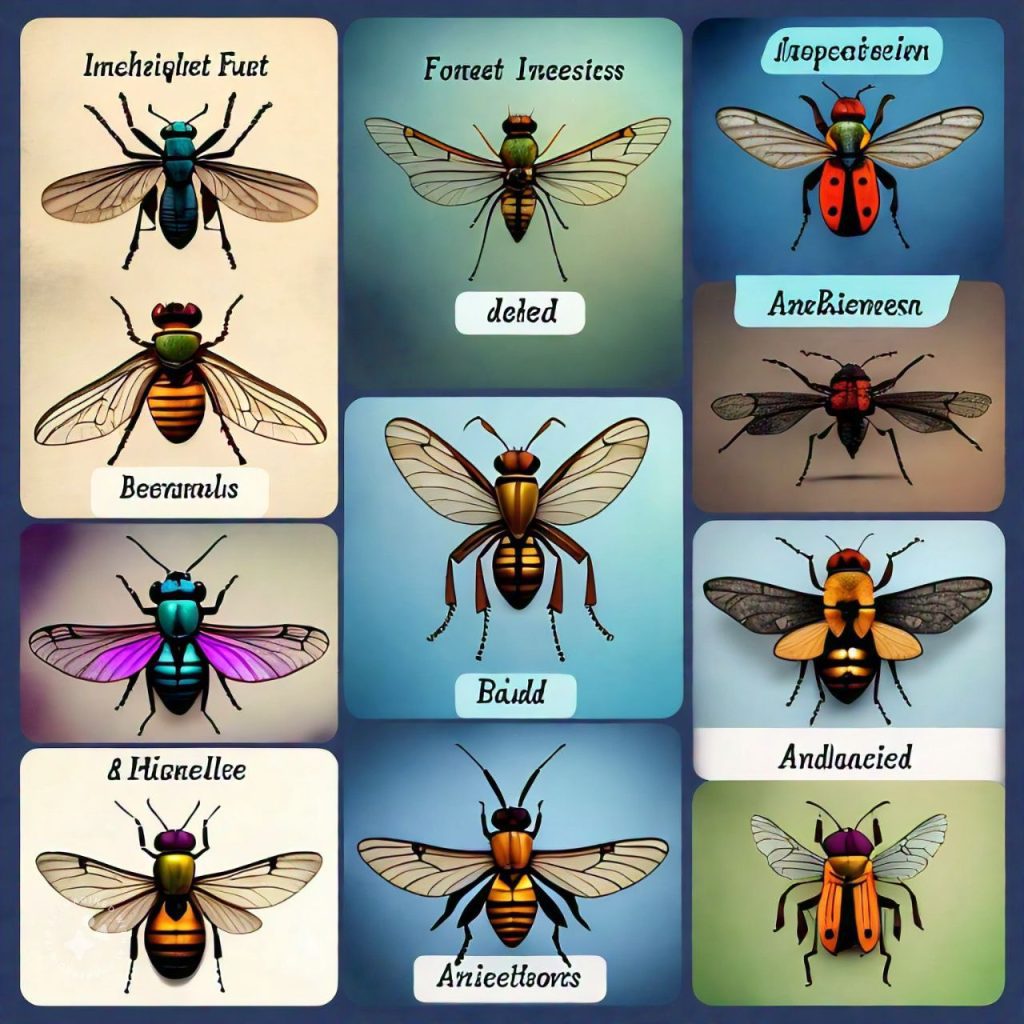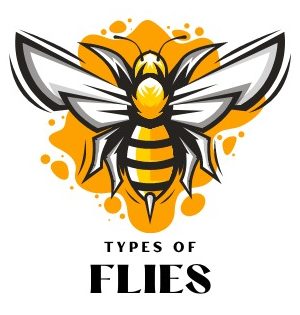Introduction
Flying insects are some of the most fascinating creatures in the animal kingdom. From tiny gnats to large wasps, these creatures can be found in virtually every environment on Earth. Whether you’re trying to identify a small flying insect in your home, or you’re simply curious about the different types of flying insects out there, this guide will provide you with everything you need to know. In this comprehensive article, we’ll cover the various types of flying insects, including tiny flying insects, stinging insects, and more. We’ll also explore how to identify these insects, their roles in the ecosystem, and how to manage them if they become pests.

types of flying insect
1. Overview of Types of Flying Insects
Flying insects are incredibly diverse, with thousands of species classified into various categories based on their characteristics, habitats, and behaviors. Here’s an overview of the major types of flying insects:
1.1 Types of Tiny Flying Insects
Tiny flying insects can be particularly troublesome because of their small size, making them hard to spot and even harder to control. Some common types of tiny flying insects include:
- Drain Fly: Often found in bathrooms and kitchens, drain flies thrive in moist environments and are typically seen hovering near drains or other standing water sources.
- Fruit Flies: These tiny insects are usually found in kitchens, attracted by the scent of ripening fruits and vegetables.
- Cluster Fly: Slightly larger than other tiny flying insects, cluster flies tend to gather in large numbers, especially in homes during the colder months.
1.2 Types of Large Flying Insects
Larger flying insects are more noticeable due to their size and are often associated with a greater level of fear, especially if they are capable of stinging:
- Paper Wasp: Recognized by their slender bodies and narrow waists, paper wasps build paper-like nests and can be aggressive if their nest is threatened.
- Wood Wasp: These large insects are often found near wooden structures, where they lay their eggs.

1.3 Types of Flying Insects in House
Several types of flying insects can find their way into homes, often becoming unwelcome guests. Common types include:
- Green Bottle Fly: Known for its metallic green color, the green bottle fly is often found near garbage and decaying matter.
- Flying Ants: These ants take to the air in large numbers during certain times of the year, often invading homes during their mating season.
1.4 Types of Flying Stinging Insects
Flying stinging insects can pose a serious threat to humans, especially those with allergies. Some of the most common types include:
- Bee Insect Type of Flying: Bees are vital pollinators but can deliver a painful sting if they feel threatened.
- Paper Wasp: As mentioned earlier, paper wasps are known for their painful sting and aggressive behavior.
1.5 Types of Black Flying Insects
Black flying insects are diverse, ranging from small flies to large beetles:
- Blow Fly: These insects are commonly found near decaying organic matter, where they lay their eggs.
- Cluster Fly: Often seen in homes during the colder months, cluster flies are larger black flies that can become a nuisance when they gather in large numbers.
2. Identification of Flying Insects
Proper identification is crucial for understanding the behaviors and ecological roles of flying insects. Here are some tips for identifying different types of flying insects:
2.1 Small Flying Insect Identification
Small flying insects can be tricky to identify due to their size, but paying attention to details like their shape, color, and behavior can help:
- Drain Fly Identification: Look for tiny, moth-like insects with fuzzy bodies near drains or other moist areas.
- Fruit Fly Identification: These small flies are usually tan or brown with bright red eyes, commonly found near fruits and vegetables.
2.2 Flying Insect Identification Chart
Using an identification chart can be a helpful tool for identifying flying insects. These charts typically categorize insects by their appearance, habitat, and behaviors, making it easier to determine what type of insect you’re dealing with.

2.3 Types of Insects That Fly: With Names and Pictures
Identifying flying insects by their names and pictures is one of the most effective methods. Some common examples include:
- Butterflies and Moths: Easily recognizable by their large, colorful wings, these insects are commonly seen during the day (butterflies) or at night (moths).
- Fruit Flies: Small and often seen hovering around ripe or decaying fruits.
3. The Ecological Role of Flying Insects
Flying insects play critical roles in ecosystems worldwide. Here are a few examples:
- Pollination: Many flying insects, such as bees and butterflies, are crucial pollinators that help in the reproduction of flowering plants.
- Decomposition: Flies, like the blow fly and green bottle fly, aid in breaking down dead organic matter, recycling nutrients back into the ecosystem.
- Pest Control: Certain flying insects, such as paper wasps, act as natural pest controllers by feeding on other insects.
4. Managing Flying Insects in Your Home
While many flying insects are beneficial, they can become pests when they invade our homes. Here are some tips for managing flying insects:
4.1 Keep Your Home Clean
One of the best ways to prevent flying insects from entering your home is by keeping it clean. Ensure that food is stored properly and that garbage is disposed of regularly to avoid attracting insects like fruit flies and green bottle flies.
4.2 Eliminate Standing Water
Standing water is a breeding ground for many types of flying insects, such as drain flies and mosquitoes. Regularly check and eliminate any sources of standing water in and around your home.
4.3 Use Screens and Seals
Installing screens on windows and doors and sealing any cracks or gaps can prevent flying insects from entering your home.
5. Fascinating Facts About Flying Insects
Flying insects are not only diverse but also fascinating in their behavior and lifecycle. Here are a few interesting facts:
- Migration: Some flying insects, like the monarch butterfly, undertake long migrations spanning thousands of miles.
- Social Structures: Bees and wasps exhibit complex social behaviors, living in colonies with defined roles such as workers, queens, and drones.
- Camouflage: Many flying insects, such as moths, have evolved to blend into their surroundings, lay eggs and making them difficult for predators to spot.
6. How Many Types of Small Flying Insects Are There?
The world of small flying insects is vast and incredibly diverse. There are thousands of species worldwide, each adapted to specific environments. Here are a few examples:
- Fruit Flies: Over 4,000 species exist, many of which are found near ripe or decaying fruits.
- Drain Flies: These tiny insects belong to the Psychodidae family, which includes over 2,600 species.
- Cluster Flies: Belonging to the Pollenia genus, these flies have several species, often found in temperate regions.
Conclusion
Flying insects are a remarkable and essential part of our world, contributing to various ecological processes, from pollination to decomposition. Whether you’re looking to identify a flying insect or winged insects in your home or you’re simply curious about the different types that exist, understanding their characteristics, habitats, and roles can enhance your appreciation of these incredible creatures.
By following the tips provided in this guide, you can not only identify the various types of flying insects but also take steps to manage them effectively if they become pests. With this knowledge, you’re well-equipped to handle any flying insect encounters with confidence and use pest control ideas.


[…] of the most common confusions is between wooden bees and bumblebees. While they may look similar at first glance, they differ in behavior and nesting habits. Carpenter […]
[…] flies belong to the family Sarcophagidae and are commonly known as carrion flies or meat flies. Unlike house flies, which are more commonly […]